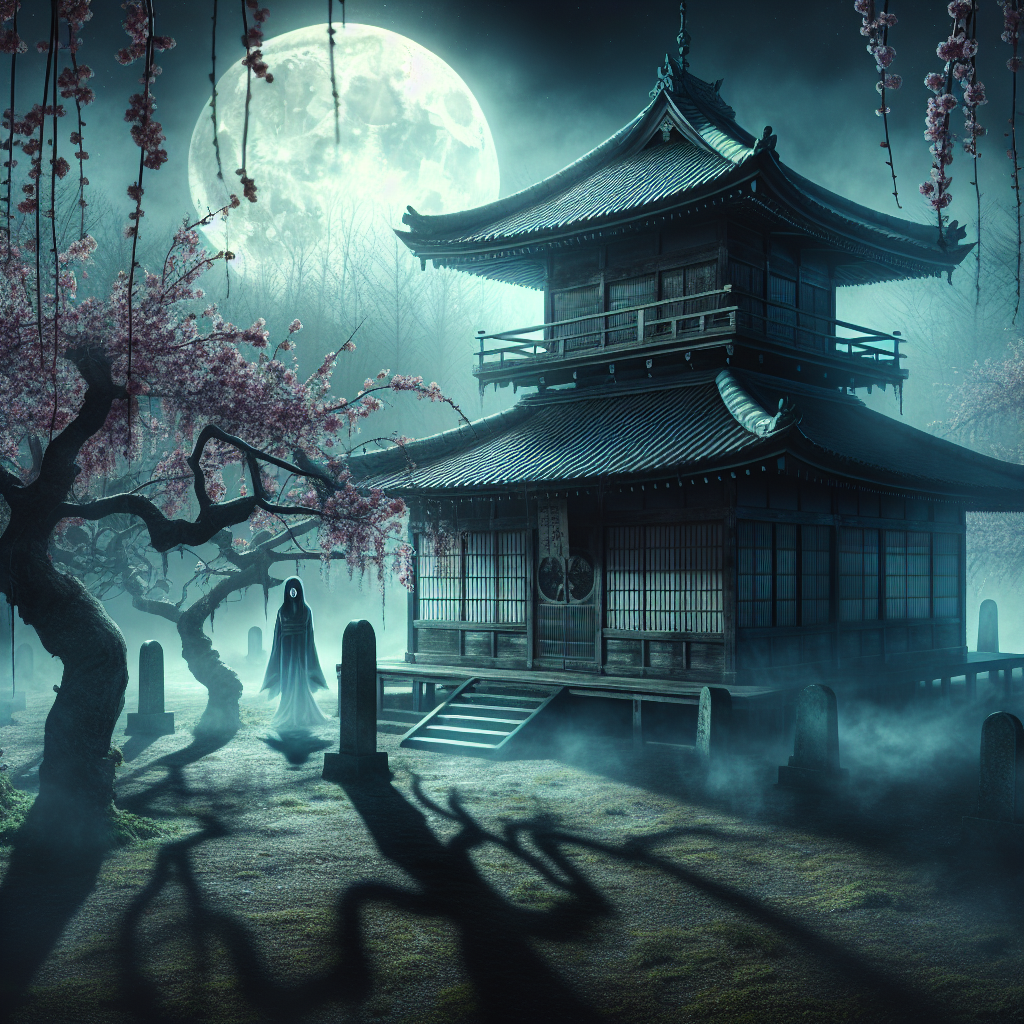Ghostly Getaways: Investigating Japan’s Most Haunted Spots
Japan, a country steeped in tradition and history, is not only renowned for its breathtaking landscapes and rich cultural heritage but also for its multitude of eerie tales and supernatural occurrences. The fascination with spirits, demons, and the afterlife is deeply ingrained in Japanese folklore, making it a prime destination for those intrigued by the paranormal. This article delves into some of Japan’s most haunted spots, offering a guide for the adventurous at heart who are keen to explore the nation’s ghostly getaways.
Aokigahara Forest
Nestled at the northwest base of Mount Fuji, Aokigahara Forest, often referred to as the Sea of Trees, is notorious worldwide for its association with yokai (demonic spirits) and Yurei (ghosts of the departed). The dense forest is eerily quiet, owing to the lack of wildlife and the thick foliage that absorbs sound. It is said that the spirits of those who have perished within its bounds haunt the forest, leading unwary visitors astray. Aokigahara serves not only as a site for nature enthusiasts but also for those fascinated by its macabre history and the stories of spirits that reportedly roam the woods.
Himuro Mansion
Though its exact location is often debated, the legend of Himuro Mansion is one of the most disturbing ghost stories in Japan. The mansion is said to be the site of a gruesome family massacre, where rituals to protect the city from evil spirits were performed. It is believed that the failure of these rituals led to a violent end for everyone involved. Visitors and ghost hunters claim to experience a chilling atmosphere, strange noises, and even apparitions. The tale of Himuro Mansion has inspired various horror stories and games, cementing its place in Japanese paranormal lore.
Hashima Island
Also known as Gunkanjima (Battleship Island), this abandoned island off the coast of Nagasaki is haunting in its desolation. Once a bustling coal mining town, Hashima Island was abruptly abandoned in the 1970s, leaving behind dilapidated buildings and a sense of unease. Explorers report an oppressive silence, broken only by the sound of waves crashing against the seawall. The island’s eerie, post-apocalyptic landscape has attracted filmmakers and ghost hunters alike, drawn by the stories of unsettled spirits left behind by the island’s turbulent history.
Okiku’s Well at Himeji Castle
Himeji Castle, a stunning example of 17th-century Japanese architecture, is also home to one of Japan’s most famous ghost stories. Okiku’s Well is the supposed resting place of the spirit of Okiku, who was betrayed and murdered, her body dumped in the well. Legend has it that Okiku still haunts the vicinity, her ghostly figure seen emerging from the well, and her mournful sobs heard in the dead of night. Visitors to Himeji Castle often stop by the well, hoping to catch a glimpse of the tragic spirit or, at the very least, feel the chill of her sorrowful tale.
The Suicide Forest of Aokigahara (revisited)
Given its notoriety, Aokigahara deserves a second mention. Beyond its natural beauty and ghostly legends, it is also known as the Suicide Forest. The forest’s association with death goes beyond folklore, as it has become a tragically popular site for suicides. This phenomenon has only added to the location’s haunting reputation, with many believing that the forest is cursed or that it harbors malevolent spirits that lure troubled souls to their end. The local authorities have put measures in place to prevent such tragedies, and visitors are urged to stay on marked paths and respect the site’s somber significance.
FAQs
Q: Is it safe to visit these haunted locations in Japan?
A: While most of these locations are open to the public and are safe to visit, it’s important to respect any posted signs or warnings. Some sites, like Aokigahara Forest, have areas that are off-limits for safety reasons. Always travel in groups and consider hiring a local guide.
Q: Are there tours that specialize in haunted places in Japan?
A: Yes, there are several tour operators that offer guided tours of haunted places in Japan. These can be an excellent way to learn more about the history and folklore of the sites.
Q: Can I take photos or videos in these haunted locations?
A: Photography is allowed in most public areas, but be mindful of cultural sensitivities, especially in places associated with death, such as Aokigahara Forest. Always check for any restrictions before taking photos or videos.
Q: What should I do if I experience paranormal activity during my visit?
A: Remain calm and respectful. Japanese culture places great importance on respect for the dead and the supernatural. If you feel uncomfortable, consider leaving the area.
Q: Are these sites accessible throughout the year?
A: Access can vary depending on the location and the season. Some sites, like Hashima Island, require special permission or are only accessible via guided tours. Check in advance to confirm accessibility and any seasonal restrictions.
Exploring Japan’s most haunted spots offers a unique insight into the country’s cultural relationship with the supernatural. Whether you’re a seasoned ghost hunter or simply curious about the darker side of folklore, Japan’s ghostly getaways promise an unforgettable adventure. However, remember to explore responsibly, respecting both the living and the spirits that may dwell within these haunted spaces.
